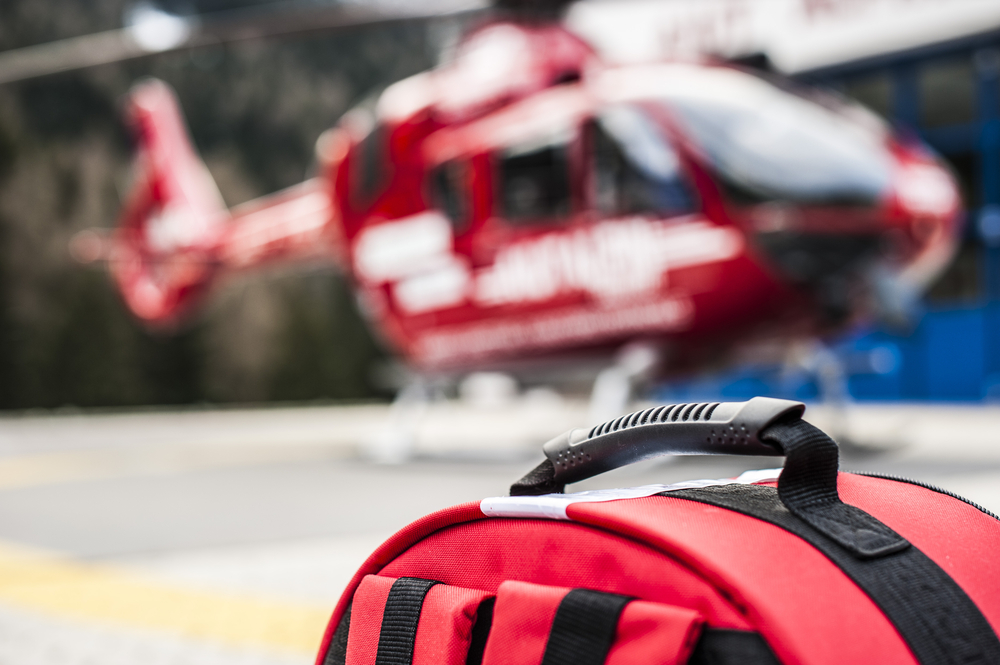
The Department of Homeland Security (DHS) highlighted its efforts to enhance first responders’ ability to handle active shooter and other critical incidents in public places through multi-agency training exercises on Thursday.
In October, DHS’ Science and Technology Directorate (S&T) organized a training exercise at the Grand Central Terminal in New York City that more than 200 members of the New York Police Department (NYPD), New York Fire Department and Metropolitan Transportation Authority took part in. The exercise enabled first responders to evaluate new technologies, as well as response tactics and techniques.
“The recent school shootings in Kentucky and Texas, and October’s horrific Las Vegas shooting are painful reminders of the importance to be prepared in the event of such terrible critical incidents. This exercise could not be more relevant to our efforts to protect the safety of the American people,” S&T Undersecretary William Bryan said. “S&T has been involved in similar exercises and technology assessments since 2013.”
Technologies that were evaluated during the exercise include a wireless data network sending a live feed to command and control centers. First responders also used apps for sharing audio and video, tracking patients, facial recognition, and personnel tracking. Social media analysis tools and a crowd evacuation modeling and simulation software were also used.
“We hope to incorporate several new tactics from lessons learned from this exercise such as training on an interagency communication channel,” NYPD Lt. Arthur Mogil said. “Besides evaluating technologies, “we reinforced the response of our relatively newly formed joint agency unit, the Rescue Task Force, which requires different NYPD units to work together with the FDNY to perform security and life safety operations.”
Technology was selected by the S&T’s National Urban Security Technology Laboratory (NUSTL), and technical and administrative support was provided by the Homeland Security Advanced Research Projects Agency. The U.S. Army Armament Research, Development and Engineering Center used 20 cameras to record and transmit a video feed of the simulation to a control room.
“Planning for this exercise began eight months before the exercise and was not a direct response to Las Vegas,” Bryan said.
October’s training session was the eighth organized by S&T over the last four years. Other exercises were held in a school, a movie theater, a synagogue, a baseball stadium and a college.
“S&T saw these exercises as a unique opportunity to try out relevant existing and emergent technologies to see what kind of an impact they have on first responders’ preparedness and response,” Lawrence Ruth, director of the NUSTL Test and Evaluation Division, said.




